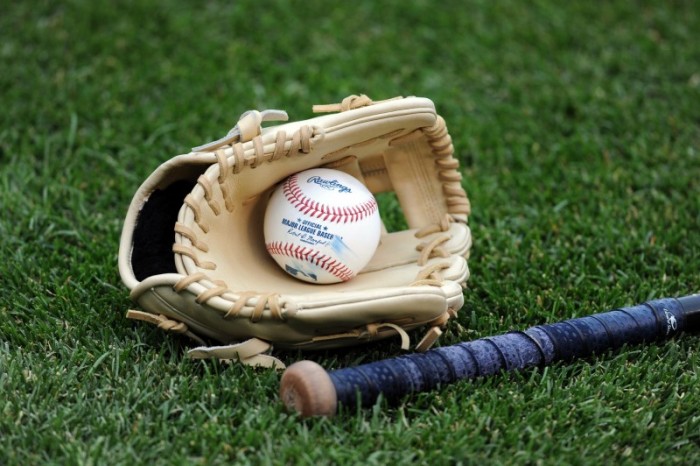Last June, in the seventeenth round of the MLB Amateur Draft, the Brewers selected a 5’6”, 160 pound speedster named Clayton Andrews. Andrews has a plus defensive profile in the outfield, and he had just hit .302 while striking out only six times for Long Beach State. He hadn’t flashed much power at the plate, failing to ever clear the fence and hitting just six doubles and five triples in 215 at bats. But Andrews made up for that by drawing 25 walks. Add it all up, and you can see a modest big league future as a contact-oriented slash-and-dash fourth outfielder, maybe a little more if he comes into some power. Not a bad set of skills for a seventeenth-rounder. One more thing about Andrews, though: Milwaukee drafted him as a pitcher.
On the mound, the first thing that stands out about Andrews is his stature; he’s the size of Jose Altuve, a full foot shorter than Jimmy Nelson. Look beyond that, though, and Andrews has some some interesting tools. To start with, he’s left-handed. That puts him at an automatic advantage, personnel-wise, and lowers the ceiling Andrews would have to hit in order to have a major league career. At worst, he’ll need to develop into a competent platoon lefty, facing just one or two batters at a time.
The soon-to-be 22-year-old also has a few building blocks that could help him hit or exceed that role. Because Andrews is so short, he can’t reliably generate the steep, downward plane with his fastball that helps so many taller pitchers miss bats and coax ground balls. Andrews operates in the upper-80s with his heater, topping out around 90 mph. It’s not a very exciting pitch, but shows some signs of life and can be used high in the zone to tie hitters up. Happily, Andrews boas ts a pair of advanced secondary pitches in a mid-70s changeup and a slower, sweeping curveball. The change looks a little better right now, with late fade and plenty of separation from the fastball. But both pitches flash plus, and could help the young hurler reduce his reliance on his fastball. Andrews’ command is solid for a pitcher his age, and should be at least big league average by the time he climbs his way to the top of the organizational ladder.
The combination of solid stuff and decent command was enough to help Andrews excel in his professional debut last summer. He tossed 33 professional innings between Helena (2.13 DRA) and Wisconsin (1.95 DRA), and managed 54 strikeouts against only 7 walks. The Brewers deployed Andrews out of the bullpen, but that may have been more about innings management than anything; Andrews started in college, and had already tossed 99.7 innings (with 118 strikeouts and a 1.99 ERA) for Long Beach State, easily a career high, by the time he came off the draft board.
Andrews’s alma mater might also provide insight into the southpaw’s profile. Long Beach State has a history of embracing players who have faced long-term questions over their futures in baseball. They recruited former Angels star Jered Weaver when most scouts thought he was better suited to basketball. And when Evan Longoria was told he was too scrawny to play Division I baseball out of high school, it was Long Beach State who swooped after the star third baseman spent a year proving otherwise at community college.
The Brewers, too, have flirted with unconventional players in the past. Milwaukee even employed a 5’6” lefty as recently as 2011, when Danny Herrera made two ill-fated Brewers appearances before being released and catching on with the Mets. As Milwaukee continues to challenge accepted pitching roles, there could well be a place for Andrews on a future big league roster. Even if he falters on the mound, he can turn back to hitting. Better still, he could carve out a fascinating career as a late-inning defensive outfield sub who trots to the mound whenever a left-handed batter steps to the plate. Keep an eye on him in the seasons to come.
